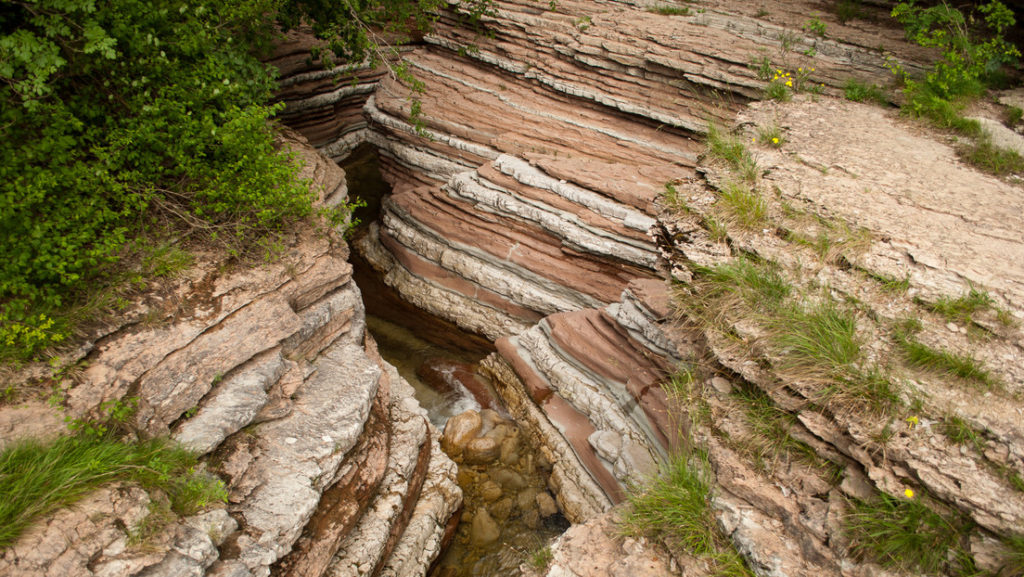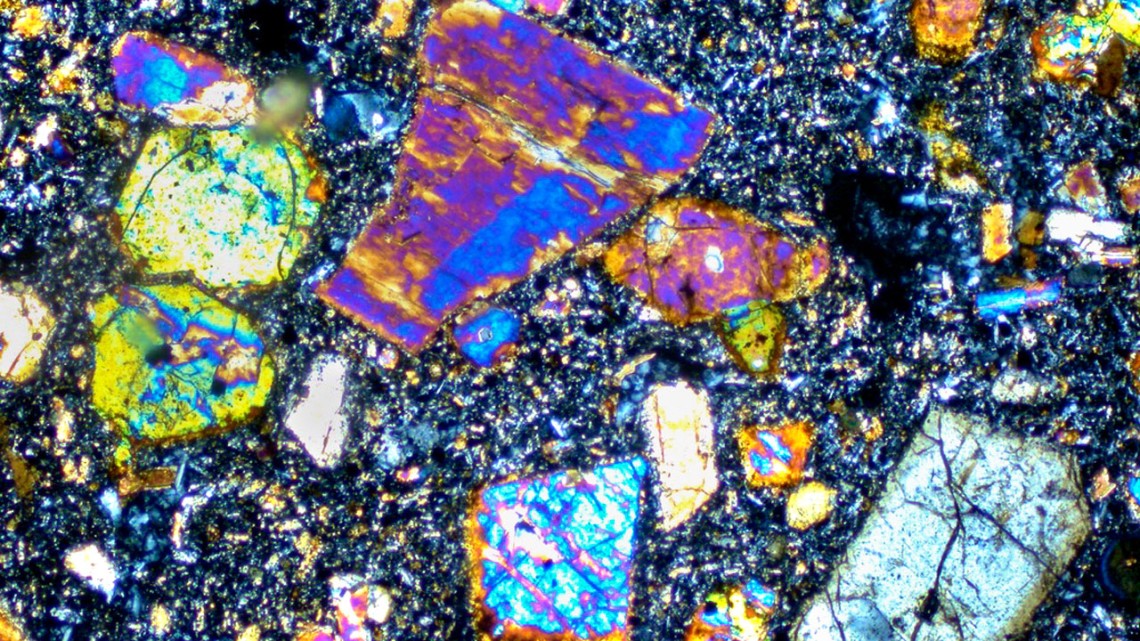A cold spring in Panama shouldn’t show strong signs of deep volcanic sources.
But after researchers found one anomaly, they discovered several other sites with similarly unique signatures, stretching through the western half of the country and up into Costa Rica.
The original source? The Galápagos Hotspot, approximately 900 miles away.
This discovery transforms scientists’ current understanding of geologic processes occurring beneath the Earth’s surface by suggesting that hotspots, like the ones that formed the Galápagos and Hawaiian Islands, aren’t fixed in place. Rather than just going directly to the surface, rising magma – formed by hot plumes in the mantle – can actually flow laterally through upper portions of the Earth’s mantle and transport material much further away.
“You can imagine the mantle being like an ocean with different currents,” said Esteban Gazel, associate professor of earth and atmospheric sciences in the College of Engineering and a faculty fellow at the Cornell Atkinson Center for Sustainability and at the Carl Sagan Institute.
Gazel is a co-lead author of “High 3He/4He in Central Panama Reveals a Distal Connection to the Galápagos Plume,” which was published November 19th in the Proceedings of the National Academy of Sciences.
“There are these incredibly deep currents that come all the way up from the Earth’s core-mantle boundary,” Gazel said, “and they form volcanoes and ocean islands like Hawaii and the Galápagos. We showed that once this material reaches the upper mantle, it can spread and impact a much larger area than previously thought.”
While researchers had suspected that this was possible, “the data from the geochemistry of the rocks confirmed our idea, ” said Gazel. This paper presents solid evidence that connects the geochemical fingerprint of the Galápagos plume with mantle materials underneath Panama and Costa Rica – documenting the course of a mantle plume that flows sideways through upper portions of the Earth.
It’s a mystery that Gazel has been working to solve for nearly 20 years. When he was an undergraduate at the University of Costa Rica, he started collecting data on volcanic rocks that do not fit the standard composition of the Central American Volcanic Arc. This active chain of volcanoes is fueled by the subduction of the Pacific Ocean’s Coco Plate underneath the Caribbean Plate.
“I was making some plots looking at the trace elements, and right away I realized that the data have a very unique oceanic island signature, a chemical record connected to deep Earth anomalies. And this was the signature of the Galápagos plume,” he said. “When I realized this, I was 19 years old, and while there was literature that pointed in this direction, the evidence was circumstantial at best.”
Clues began to coalesce
But the subduction process has its own unique signature associated with the recycling of rocks at high pressures and low temperatures – and that was missing. Somehow, the magma not only traveled from hundreds of miles away, but it had passed through a gap in the subduction zone, preserving its original, deep Earth chemical composition.
Five years later, Gazel’s colleague Peter Barry, an assistant scientist at Woods Hole Oceanographic Institution (WHOI), was collecting data at a cold spring in Panama when he noticed abnormally high helium isotope ratios.
“The three-to-four helium ratio is a primordial signature – what the Earth inherited from the solar system during its formation,” Gazel said.
While these ratios remain very low at the planet’s surface, there are reservoirs deep inside the planet that retain the high helium isotopes from the earliest era of Earth’s history. Rising mantle plumes are the only known way for these elements to reach the surface. The team’s observations at the spring and at other similar sites indicated they were directly measuring the chemical out-gassing of the mantle material below. There, they recorded the highest helium isotope ratios ever measured in a geothermal spring far from active volcanoes.
“The idea that these plumes come up from the mantle, and they’re fixed in place, is potentially missing the true impact of these global processes,” he said. “These plumes also have the potential to flow and move horizontally to all other parts of the upper mantle. We had suspicions that this happened, but the helium data, together with the rock geochemistry, confirmed our thinking.”
The finding is partially due to the sheer luck of its correlation with a natural gap in the subduction zone that formed around 8 million years ago. This gap, also called a slab window, allowed a tributary of the Galápagos mantle plume to branch off and flow northeast, traveling 1,609 kilometers away under Central America.
The researchers hope to collect more data to show exactly how far this current of the Galápagos plume extends, ultimately helping shed more light on the complex geologic processes happening in the Earth’s mantle.
“Material that originates from the deepest parts of Earth’s mantle, near the core boundary, can carry primordial signatures all the way up to Earth’s surface,” Gazel said, “where you can find evidence of that material in a spring, from water that you could be drinking.”
The Panama Fracture Zone that represents the limit of the transforming plate between the Cocos and Nazca plates and that connects with the domain of the Galapagos plume. It could constitute a zone of thinned lithosphere that acts as a channel for the lateral flow of the material of the Galapagos pen. This scenario is in line with a significant column-ridge interaction in the Ecuadorian archipelago region at sublitospheric to asthenospheric depths.
This project was supported by funding from the Sloan Foundation, the Deep Carbon Observatory and the National Science Foundation. First author of the study is David Bekaert, a postdoctoral associate at WHOI.


0 Comments